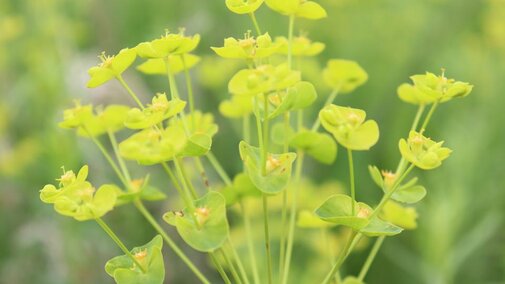Water Demand on Pasture
By Brad Schick
As the year begins to heat up and cattle are on pasture, it’s important to make sure there is adequate water for livestock. How much do cattle need and where should it come from?
The water requirements for cattle depends on their size, class and environmental conditions. Cattle will receive some of their daily water requirements when they are consuming high moisture feedstuffs such as fresh forages when grazing pastures, silages or green chopped feeds. Feeds that are high-energy increase the water requirement.
High humidity, greater temperatures and other environmental factors also increase the water demand. A study by the University of Georgia lists the water requirements for days when the daily high temperature is 90°F. With these conditions, a growing or lactating animal needs two gallons of water per 100 pounds of body weight. This means a 1,400-pound lactating cow will need close to 28 gallons of water daily with 90°F daily highs. If the calves are 250 pounds, they will need about five gallons. Some of the water will come from grazed forage, and for the calf, some water will come from the milk.
Having fresh, clean water should always be a priority. The ability to have water close by should also be a goal, although sometimes it’s simply not possible. More water locations can help meet the water demand and could also help grazing distribution.
Keep an eye on water this year and make sure livestock have enough.
Spring Spurge Control
Yellow-green patches in a pasture might look pretty for the uninitiated, but the telltale bloom of leafy spurge is not a spring sight many of us want to see.
While there are many plants livestock producers may consider pasture weeds, one that is held in particular dislike is leafy spurge. Besides being on the Nebraska noxious weed list and requiring control, this hardy perennial spreads aggressively through seeds and root buds. With an extensive root system that can reach depths up to 15 feet, once established spurge is hard to control.
While biological and cultural control methods may provide some reduction in growth and seed production, those wanting complete control might consider an herbicide treatment as the best option.
Multiple chemicals have action on spurge; however, for spring treatments, control at bud or true flower stage is recommended. Early application at the bud stage is limited to 2,4-D ester or a Picloram/2,4-D mix. A later flower stage application opens up or options to Curtail/Cody/Stinger, Streamline, a mix of Sharpen + Plateau or a mix of Overdrive + Tordon.
Unfortunately, a single treatment will not control spurge, so continued monitoring and retreatment is necessary. An effective strategy is pairing spring applications that prevent seed production with a fall treatment to control new growth.
Leafy spurge can easily take over a pasture, but with vigilance and regular treatment, control can be achieved.
Grass Hay Harvest
Smooth bromegrass and other cool-season grass hay fields are growing rapidly with seedheads appearing. When do you typically cut your grass hay?
Ideally, cutting your grass hay so the grass nutrient content matches with the nutritional needs of your livestock is best. Now that's a different way to look at it, isn't it? But doesn't it make sense to harvest hay that will meet the specific needs of your livestock and minimize your supplement costs?
Crude protein and energy concentration declines in grass hay as plants become stemmy and mature. As this happens, the types of livestock that can be fed that hay with little or no supplements become more limited.
For Sandhills sub-irrigated meadows, haying typically starts in early July. However, if harvest occurs around the third week of June, then that hay will have significantly higher crude protein content. Earlier meadow harvest will have lower initial hay yield, but it will also provide a longer regrowth period and extra growth for fall grazing.
So, a good approach is to plan what type of livestock will receive the grass hay from each field. Young livestock need high nutrient concentrations so cut that hay before or just when heads begin to emerge. If the hay will go to mature dry cows instead, let the grass produce a bit more tonnage and cut it after it is well headed out, but before seeds develop.
Matching your hay harvest with your plan of use can pay handsome dividends in lower costs and less supplementing.

